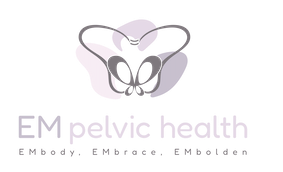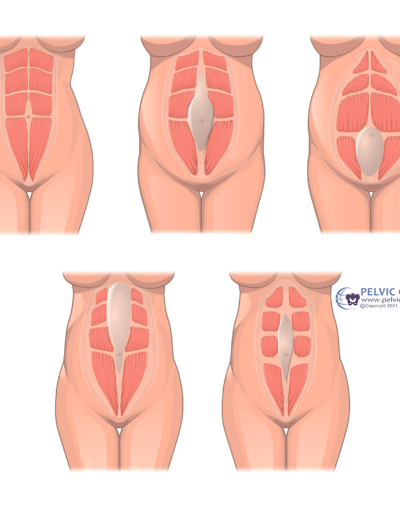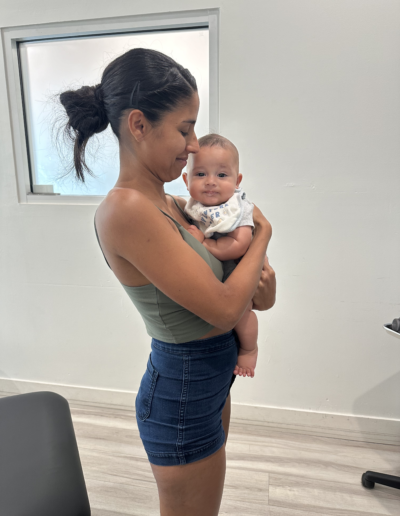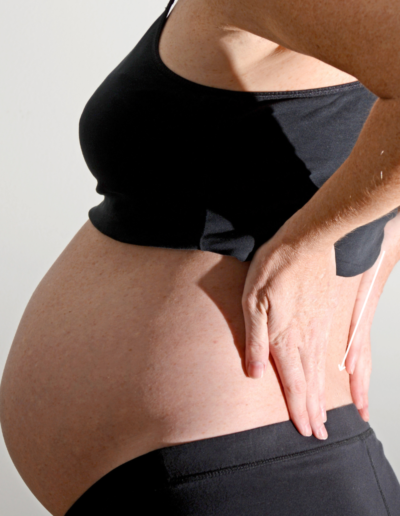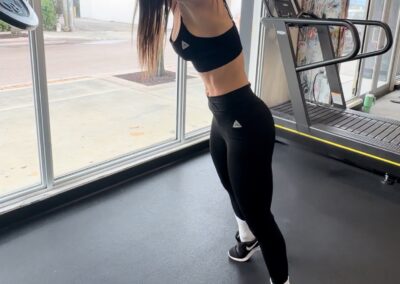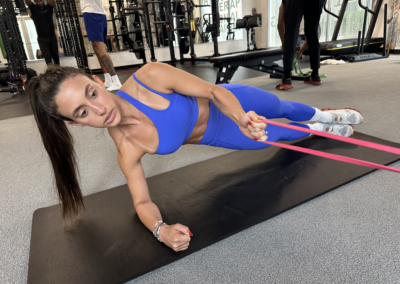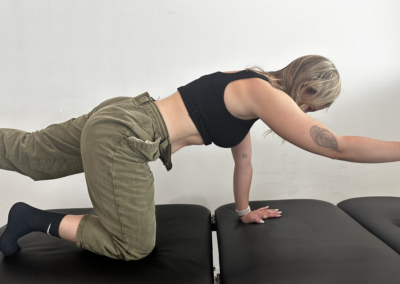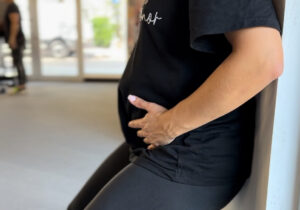 .
.  .
. 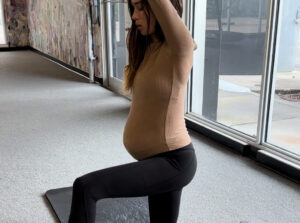
How the Core is Affected in Pregnancy and Postpartum — And Why Moving With Intention is Key to Recovery
We all know that pregnancy and childbirth bring incredible changes to your body, especially to your core. While many people think of the core as just the abdominal muscles, it’s much more complex than that. During pregnancy and postpartum, this entire system—including muscles, connective tissues, and the way your body moves—undergoes significant shifts. Treating it with the same tools as you did before kids usually leaves you feeling like your progress is slow (or non-existent)
What Happens to Your Core During Pregnancy
During pregnancy, your body undergoes physical and hormonal changes to accommodate your growing baby. These changes affect not only your abdominal muscles but also your posture, balance, and even breathing patterns.
1. Abdominal Muscle Separation (Diastasis Recti)
- One of the most well-known effects ofpregnancy on the core is diastasis recti, where the rectus abdominis (the “six-pack” muscles) separate to make room for the growing uterus. This separation affects the entire core system and weakens the abdominal wall, which can lead to lower back pain and poor posture. Did you know that most women will have diastasis recti at the end of their pregnancy?!
2. Pelvic Floor Strain
- The core and the pelvic floor work together as a unit. As the weight of the baby increases, so does the pressure on the pelvic floor, sometimes causing it to stretch and weaken. This can lead to incontinence, pelvic pain, or prolapse if not properly prepared for.
3. Posture and Alignment Shifts
- As your belly grows, your posture shifts. The weight of the baby causes a forward tilt of the pelvis, which affects the alignment of your spine and how you are using your muscles. This shift can contribute to back pain, hip discomfort, and difficulty engaging your deep core muscles. It also adds additional pressure to the bladder.
4. Breathing Changes
- As the baby grows, the diaphragm (your main breathing muscle) has less space to move. This changes the way you breathe, often leading to shallow, upper-chest breathing rather than the deep, diaphragmatic breathing that supports core stability. Shallow breathing can result in more tension in the upper body and decreased engagement of the core muscles. You may also notice widening of your ribcage
Postpartum Postural Shifts
Posture changes that happen in pregnancy can often carry into the postpartum period.
Changes in Pressure
changes in pressure can occur from shifting mechanics and stretching muscles, causing low back pain and sometimes pelvic organ prolapse and DRA.
Postpartum: The Road to Recovery
After childbirth, your core is in a vulnerable state. While your body will naturally begin the healing process, moving with intention is key to rebuilding strength and function in a safe and effective way.
1. Healing Takes Time
- Postpartum recovery is not just about bouncing back to your pre-pregnancy body. Your muscles, tissues, and ligaments need time to heal. Rushing into intense exercise too soon can lead to complications like worsening diastasis recti or pelvic floor dysfunction. Your legs and your arms and your brain may be ready for Barry’s bootcamp or your favorite crossfit exercises, but your core and pelvic floor are running 10 steps behind everything else.
2. Reconnecting the Core
- During pregnancy, your brain and body may lose the natural connection to your core muscles (because of stretching of fascia, ligaments, nerves, and muscles). Postpartum, it’s essential to re-establish this connection by engaging the deep core muscles (transverse abdominis, diaphragm, pelvic floor, and multifidus) rather than just focusing on surface-level exercises like crunches or sit-ups.
3. Postural Realignment
- The postural changes that occurred during pregnancy don’t automatically reverse after childbirth. To realign your body and prevent long-term issues like back pain or pelvic floor dysfunction, it’s important to focus on how you are engaging your core and carrying yourself during your recovery exercises and throughout the day!.
Why Moving With Intention Matters
Moving with intention is about more than just being cautious—it’s about training your body to move in a way that supports your healing and long-term strength. Here’s why it’s so crucial during pregnancy and postpartum:
1. Prevents Overcompensation
- After childbirth, your body might compensate for the weakened core by using other muscles—like your back or hip flexors or increasing pressure to help stabilize—to perform movements. Intentional movement ensures you’re properly engaging the core and pelvic floor, preventing other areas of the body from becoming overworked or injured.
2. Supports Gentle, Gradual Healing
- Your body has been through a major transformation. Moving with care and attention to proper form helps avoid straining weakened tissues. Intentional movements, like diaphragmatic breathing and pelvic floor exercises, promote gentle healing without putting undue stress on your core.
3. Enhances Mind-Body Connection
- Pregnancy and childbirth can make you feel disconnected from your body. Moving with intention fosters a stronger mind-body connection, helping you become more aware of your movements and how your core is functioning. This awareness is key to avoiding injury and making your recovery more efficient.
4. Long-Term Strength and Function
- Intentional movement lays the groundwork for long-term core strength and function. Instead of simply focusing on aesthetics or “getting your body back,” you’re working on restoring balance and stability to your entire core and pelvic floor system, setting you up for a lifetime of healthy movement patterns.
How to Move With Intention During Core Recovery
- Start With Breathwork
Diaphragmatic breathing is one of the first and most important steps in postpartum recovery. It helps engage your deep core muscles and improves posture, while also reducing stress and promoting healing. - Gentle Pelvic Floor and Core Engagement
Begin with gentle pelvic tilts, pelvic floor exercises, and deep core activation exercises that focus on reconnecting these muscles. Avoid high-intensity movements until your core is strong enough to handle them. - Focus on Posture
Throughout your day, whether you’re sitting, standing, or carrying your baby, be mindful of your posture. Keeping your body in proper alignment can prevent long-term issues and support your core’s recovery. - Progress Slowly
Don’t rush into high-impact or intense core exercises. Give your body time to heal and gradually increase the difficulty of your movements as you gain strength and stability.
Pregnancy and postpartum recovery are unique times that demand special care and attention to your body—especially your core. While the effects of pregnancy on your muscles, tissues, posture, and breathing may feel overwhelming, focusing on intentional movement can help you recover safely and effectively.
By understanding how your core is affected and making purposeful choices in your movement, you can not only heal but also build a stronger foundation for the future you.
If you’re unsure where to start or need guidance in your recovery, consider working with a pelvic floor physical therapist. We can help you develop a safe, intentional movement plan that supports your unique journey. Contact us today for more information: arienne@empelvichealth.com || 305-982-7595 || www.empelvichealth.com
Still have questions? Would you like to book an appointment? To schedule an appointment, click here.
If you enjoyed this blog article or have a specific question about it, shoot me a comment below!
